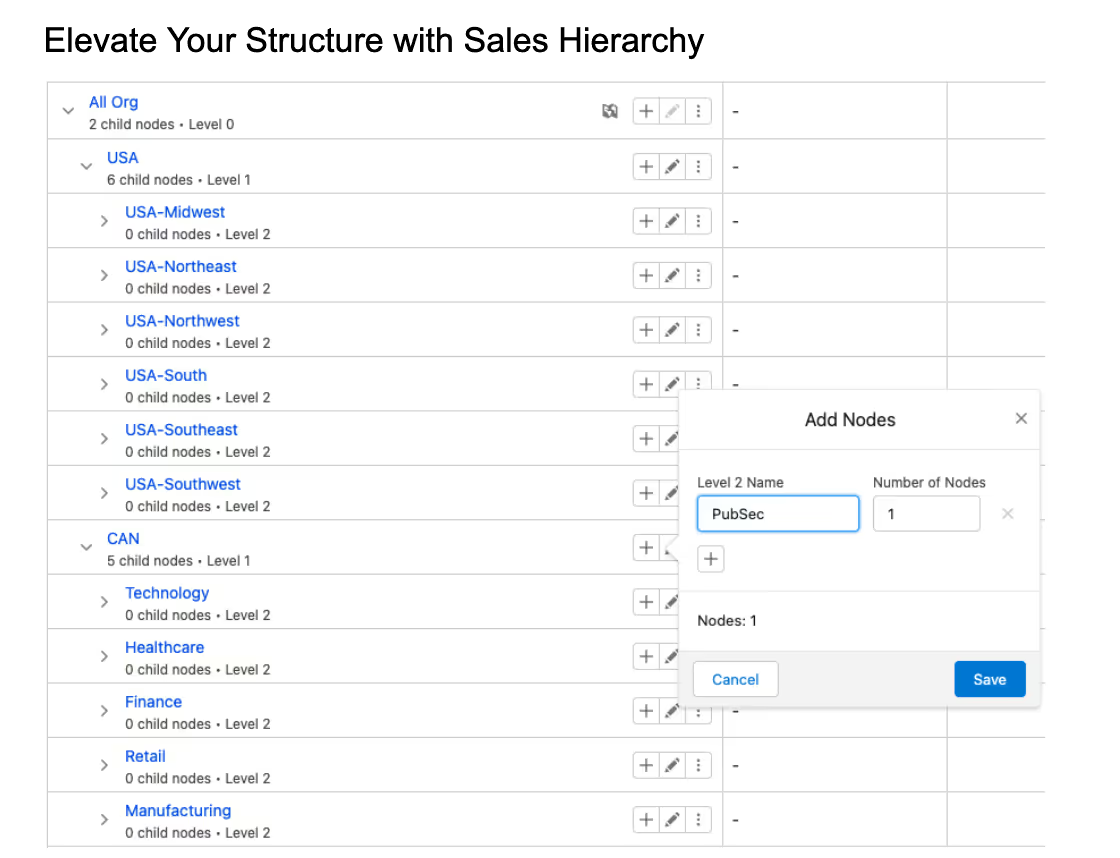Bridging Gaps with Salesforce Sales Planning Features

In the fast-paced world of sales, success hinges not just on hard work but on strategic planning and the ability to swiftly adapt to ever-changing market conditions. Salesforce Sales Performance Management (SPM) offers a suite of powerful features designed to address common sales challenges and drive exceptional performance. From optimizing sales planning and territory management to implementing effective compensation strategies and providing continuous training, Salesforce SPM equips sales teams with the tools they need to excel.
In this blog, we will explore specific Salesforce SPM features and demonstrate how they solve key sales challenges, such as:
- Data Disparities: Achieving a single source of truth through centralized data management and real-time insights.
- Cross-Departmental Alignment: Ensuring cohesive strategy execution across sales, marketing, finance, and operations.
- Market Agility: Enabling quick adaptation to market changes with flexible planning and performance tracking tools.
- Sales Capacity Management: Continuously monitoring and adjusting sales team capacity to meet targets.
- Progress Tracking and Accountability: Keeping track of sales progress and ensuring accountability with comprehensive dashboards and reports.
- Sales Rep Motivation: Maintaining high morale and motivation through structured incentives and ongoing support.
Join us as we delve into real-world examples and practical applications of Salesforce Sales Performance Management, illustrating how these features can transform sales operations and drive growth.

The foundation of the Sales Planning product is the ability to manage, design, and build a hierarchy that matches your specific team structure. Salesforce's Hierarchy builder allows you to create multiple levels of an organization within seconds rapidly. While building the hierarchy, you can view the data that's already been planned and any reference points you've pulled in to assess actual market opportunities or the need for additional sellers on the team.

The next main experience within the Sales Planning builder is called Assignment. This feature aggregates your Salesforce records, such as accounts, leads, and contacts, to help you see exactly what they’re worth. It provides efficient exploration and splitting capabilities, allowing you to quickly slice and dice records by industry, country, revenue band, or other criteria.
The Assignment experience supports three key sales planning tasks:
- Segmentation: Analyze records to determine the logical groupings needed to go to market.
- Capacity Planning: Assess user capacity to meet sales targets based on metrics like closed opportunity values.
- Territory Carving: Utilize technology from Territory Planning and Enterprise Territory Management solutions to optimize and assign territories intelligently, using both grid-based and map-based views.

The last of our builder experiences is called Allocation. This is where we take any metric that matters to you, whether that’s quota, financial plan, number of meetings, or new logo counts, and plan those both top-down and bottom-up. The advanced allocation engine helps distribute these parts intelligently across your entire business.
We also offer flexibility in displaying the data, allowing you to enter yearly, quarterly, or even monthly values depending on your business unit’s specific needs. This ensures that your allocation of targets and quotas is precise, adaptable, and aligned with your overall sales strategy.
Optimize Sales Strategy with Modeling
Once you've opened up a plan, Salesforce encourages you to model out changes and use CRM data to make informed decisions around the best configuration for your business. This involves creating scenarios at different levels to compare strategies A, B, and C, and determining which will be most successful.
Sales Planning is designed to reflect your world with personalization. Whether you're a lower-level user managing specific quotas or an executive needing a high-level view, the experience is tailored to your role. This personalization ensures that every stakeholder has the right level of detail and oversight, facilitating better decision-making and strategic alignment.
Salesforce Sales Planning also includes collaboration tools, allowing you to gather input from high-level leaders and sales operations teams. This integrated approach ensures that changes are tracked, and approval processes are in place, providing governance and stakeholder buy-in throughout the planning process.
Streamline Execution with Publishing Capabilities
When it’s time to execute the plan, Salesforce Sales Planning offers a variety of publishing options. These include integration with standard structures like Enterprise Territory Management and the ability to output data to CSV for use in other systems, such as incentive compensation platforms.
Salesforce Sales Planning is a powerful tool that helps companies reach their revenue goals faster by optimizing customer coverage and maintaining flexibility to adapt to changes. With features like tailored templates, customizable plans, a centralized plan library, and intelligent assignment, businesses can streamline their sales planning process, improve accuracy, and drive better results. By leveraging these tools, companies can ensure their sales strategies are aligned, efficient, and responsive to market dynamics.





